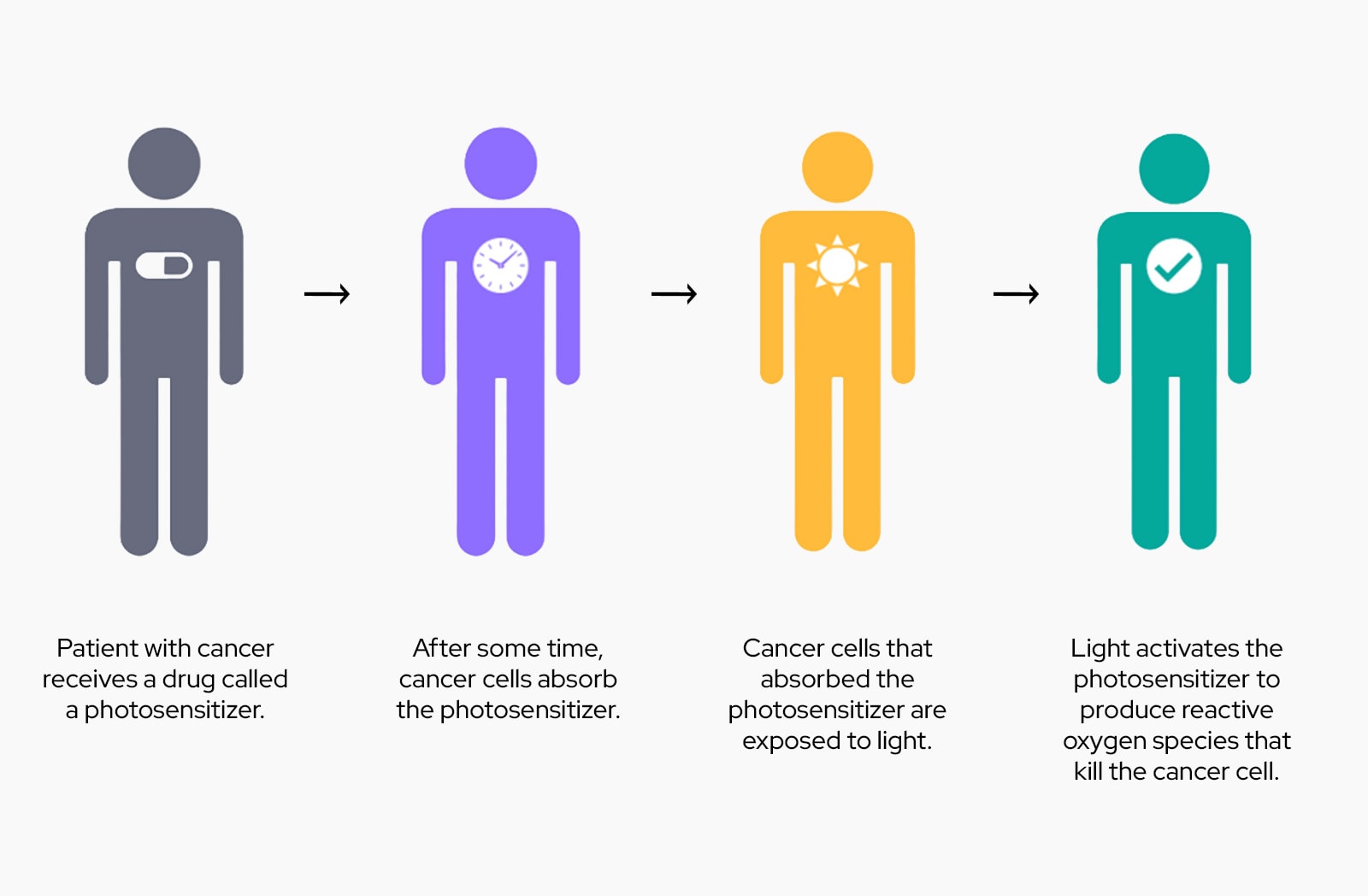Cancer therapy is undergoing a transformation driven by the power of quantum computing. In a pioneering demonstration using IQM’s Emerald quantum processing unit, Algorithmiq, a quantum software company that develops quantum algorithms to solve complex problems in chemistry and life sciences, has demonstrated how high-precision quantum simulations can unlock the next generation of photodynamic cancer therapies.

As part of the Wellcome Leap Q4Bio Challenge, Algorithmiq is currently establishing an end-to-end quantum-centric drug discovery pipeline for light-activated anti-cancer drugs

Photodynamic therapy (PDT) relies on special molecules called photosensitizers that are activated by light to produce a therapeutic effect, and designing these molecules is tricky, just as characterizing their activation pathway is of paramount importance.
The key lies in understanding the energy gaps between electronic states of the molecule, small differences that dictate how a photosensitizer behaves when exposed to light. Classical quantum chemistry algorithms quickly run out of steam to calculate these energy gaps at scale with the accuracy needed to design effective photosensitizers. That’s where quantum computing and unique quantum algorithms enter the picture.

Using the IQM Emerald quantum processing unit and Algorithmiq’s optimized readout strategy (DQI), including advanced proprietary error mitigation techniques, the team achieved a 100x improvement in precision compared to results obtained on a QPU from another leading superconducting quantum hardware provider.
One base molecular moiety of interest is the BODIPY class, a family of compounds being explored as next-generation photosensitizers. With traditional methods, simulating their energy landscape is complex. But the combination of IQM’s hardware and Algorithmiq’s software stack made it possible to estimate these critical energy gaps with unprecedented accuracy.
Effectively simulating molecular behavior paves way for better-targeted therapies faster and more cost-effectively. This work brings humanity closer to a future where quantum-enhanced simulations accelerate the discovery and development of life-saving treatments. By merging cutting-edge quantum hardware with an optimized readout, IQM’s 54-qubit quantum computer, together with Algorithmiq’s innovative software, are charting a new path in cancer research and treatment innovation. If you’d like to learn more about Algorithmiq’s research on this topic, check out more details on their demonstration.

Emilia Stuart is a content strategist and storyteller at IQM Quantum Computers, specializing in translating complex quantum computing concepts into engaging narratives. With a background in research and tech marketing, she understands potential customers and crafts stories that resonate. Emilia’s passion is making intricate technologies accessible to diverse audiences.
Search faster—hit Enter instead of clicking.